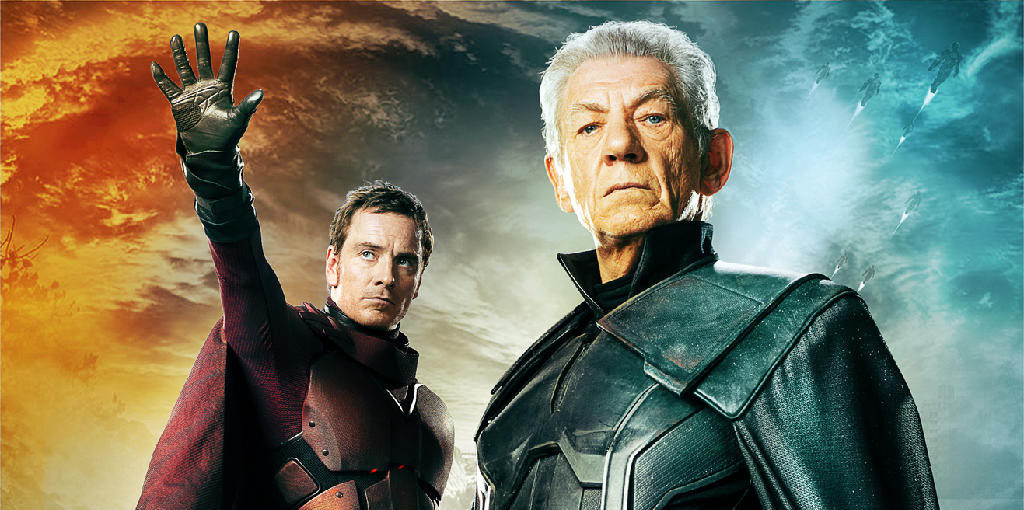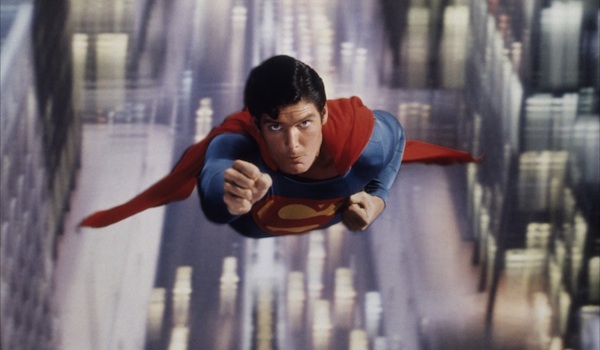Love it or hate it, the cultural significance of Zack Snyder’s Justice League is undeniable. A director being allowed to come back to give audiences the true vision of his film is rather unprecedented. Or rather, it’s unprecedented to this degree.
Actually, the Snyder Cut isn’t all that unique when you think about it. In fact, it’s not even the first time a Superman film has been recut – or even the second. And one of those times was also Zack Snyder.
There has been a history of director’s recutting superhero films dating back decades. So which films have been redone?
6. Batman v Superman: Dawn of Justice – The Ultimate Edition

It feels appropriate to start off this list by talking about the first time Snyder got to recut one of his DCEU films. Batman v Superman was released in 2016, with highly polarised opinions coming from critics and fans alike.
The Ultimate Edition was released later that year on DVD and featured around 30 minutes of new footage. While it’s not nearly as different as Zack Snyder’s Justice League, it does make the story a bit more coherent. It mainly adds in scenes that focus on clarifying Lex Luthor’s plan and Lois’ investigation into what happened in Africa.
5. Watchmen – The Ultimate Cut

This one is another of Snyder’s, but also probably the one film on this list that changed the least. When Watchmen was released on DVD, one of the extras was an animated version of Tales of the Black Freighter, the comic-within-the-comic in the original graphic novel. In the book, scenes from The Black Freighter are intercut with the main action, providing some extra thematic depth.
In the Ultimate Cut, Snyder added the Black Freighter into the film in the same way, cutting from the main action to scenes of the animated pirate adventure. While it does make the film more faithful to the source material, even Snyder himself has said that he prefers the original version. The cuts between the two can be a bit jarring, especially to the uninitiated who aren’t familiar with the source material.
4. Daredevil – The Director’s Cut

Following the success of Spider-Man the year before, hopes were high when Daredevil was released in 2003. Sadly, the film was met with mixed reviews and is generally considered mediocre at best. The following year, however, the Director’s Cut was released with much fanfare and promises that it was an improvement on the original.
The main change in the Director’s Cut is the addition of a sub-plot featuring Coolio as a drug addict on trial with Matt Murdock and Foggy Nelson defending him. While there are a few other minor changes, it’s not drastically different and it’s difficult to say whether it’s truly an improvement. While it is interesting to see a bit more of Daredevil’s lawyer side, all the problems that plagued the original are still present.
Personally, as someone who is a very big fan of Daredevil as a character, I recommend skipping both versions and going straight to the Netflix series.
3. X-Men: Days of Future Past – The Rogue Cut

X-Men: Days of Future Past was already the most ambitious X-Men film before we even saw one frame. Uniting the cast of the original trilogy with the younger actors from X-Men: First Class meant there were lots of characters to contend with. Not to mention balancing the two timelines the film is set in.
So it was hardly surprising when it was revealed that one character’s storyline had been completely excised from the theatrical release we saw in 2014. Anna Paquin had shot several scenes reprising her role as Rogue, but it was ultimately cut to shorten the film’s runtime. It wasn’t until 2015 that the Rogue Cut was released. It added roughly 17 minutes of footage, wherein Logan accidentally injures Kitty while shuttling between the past and future, and so Iceman, Xavier, and Magneto go to rescue Rogue so she can replace Kitty.
While Rogue is the headline, the character who actually benefits from this alternate version most is Magneto. We finally get to see him fully redeemed in the future, and considering how he and Rogue began their relationship in the first film, the fact that the mission ends with Magneto sacrificing himself to save Rogue is quite poetic.
2. Superman II – The Richard Donner Cut

The first Superman film to get recut and re-released was Superman II. The 1980 original was shot back-to-back with Superman: The Movie, with the intention to have both films combine into a larger story. This is why, for instance, Superman: The Movie opens with the imprisonment of Zod.
Unfortunately, director Richard Donner’s vision was interrupted by budget issues and clashes with the producers. Eventually he was kicked off the film entirely and replaced by Richard Lester. In order to get the sole director’s credit, Lester needed to have directed 51% of the final film, so many scenes were reshot and others removed entirely (including all those featuring Marlon Brando’s Jor-El, who refused to return as a sign of solidarity with Donner).
During production on Superman Returns in 2006, much of Donner’s footage was dug up so that the unused Brando scenes could be reused in the new film. After that film’s release, the buzz was good enough to finally give Donner a second chance at completing his version of the film. The Donner Cut removed a lot of the silliness of the film. It added in some new scenes that helped fill in plot holes (like how Clark got his powers back). Unfortunately, Donner wasn’t able to shoot any new footage, so in some instances only test-footage was available. But if you can ignore that, many agree that the Donner Cut is the superior film.
1. Blade Runner – The Many, Many Cuts

Okay, so this one isn’t technically a superhero film, but no discussion of films with director’s cuts would be complete without mentioning Blade Runner. There are three versions that are widely discussed – the Original or Theatrical Cut (OC), the Director’s Cut (DC), and the Final Cut (FC). There are two others that have been widely released – the International Cut (IC) and the Workprint (WP). The WP was really more of an early version of the film used in test screenings, and the IC had a few extra bits of violence, but was otherwise the same as the OC. In addition to these, there are a number of versions cut for various events and broadcasters, so the true number of released versions could be as high as 9.
But let’s focus on the main 3.
The OC was the version released in cinemas in 1982 and is most notable for featuring voice-over by Harrison Ford as Rick Deckard. It also has a happier, more optimistic ending. The DC was released in 1992, removing the voice-over and happy ending and adding the unicorn dream sequence. But calling this a director’s cut is a bit of a misnomer – despite being made with director Ridley Scott’s approval, he later disowned it and has stated that the producers had more input than he did. This later prompted the release of Scott’s Final Cut in 2007, which includes the violent scenes from the IC as well as expanding on the unicorn sequence.
While all of this probably seems like overkill to the average fan, those who are familiar with Blade Runner and more specifically with Philip K. Dick’s original novel Do Androids Dream of Electric Sheep? know that each version addresses a key plot point in a slightly different manner. Namely – is Deckard a replicant or a human?
In the novel, Deckard is definitively proven to be a human, and there is very little question about his humanity in the OC. But the DC’s inclusion of the unicorn sequence and the new ending leave Deckard’s humanity more ambiguous. Meanwhile, the FC heavily implies that Deckard really is a replicant (some theorise he has also been implanted with Gaff’s memories).
While it may seem small, this has a huge impact on the story and the themes. Which, perhaps ironically, deal with Dick’s typical question of what is reality and can we trust what we see.
Conclusion
These are hardly the only films to get director’s cuts. From famous trilogies like Lord of the Rings and Star Wars to dramas like Almost Famous or even 1927’s Metropolis, there is a long history of recutting and extending films.
So what’s your favourite director’s cut? Sound off in the comments or send us your thoughts on Twitter!

